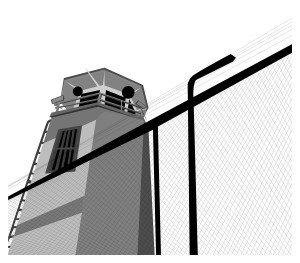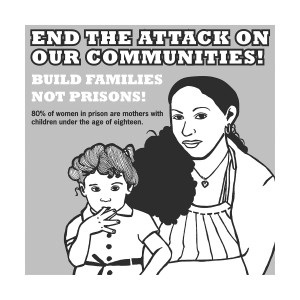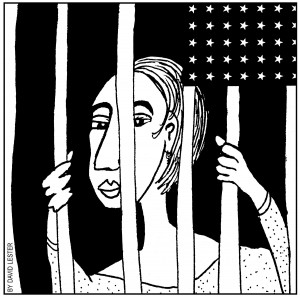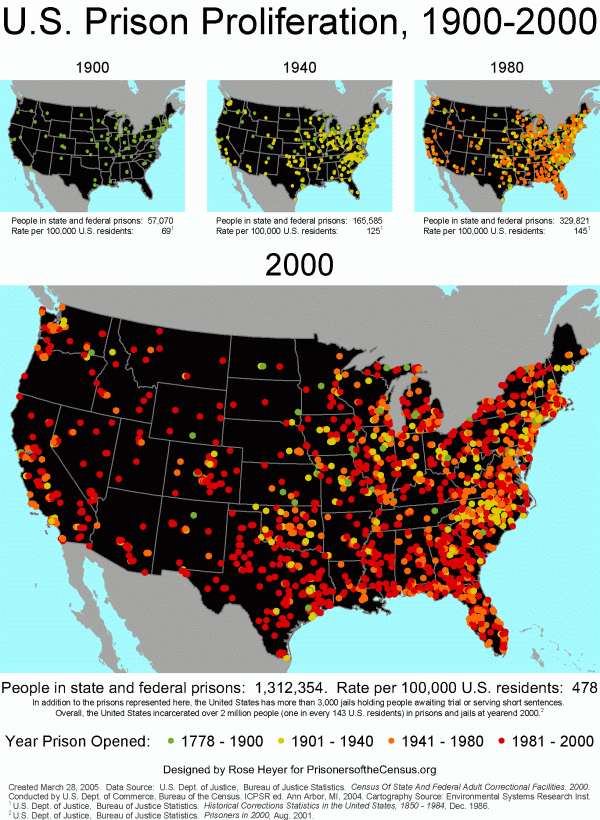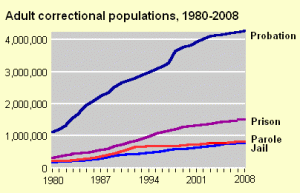Yet another study points to the disproportionate targeting of African Americans as it relates to drug enforcement.
The Drug Policy Alliance Report documents widespread race-based disparities in the enforcement of low-level marijuana possession laws in California. Focused on the 25 largest counties in the state, the report finds that African Americans are arrested for marijuana possession at substantially higher rates than whites, typically at double, triple or even quadruple the rate of whites. Further, blacks are arrested for marijuana possession far out of proportion to their percentage in the total population of the counties.
According to the report, “Targeting Blacks for Marijuana,” these disparities in marijuana possession arrest rates between whites and blacks cannot be explained by their patterns of marijuana use. U.S. government studies consistently find that young blacks consume marijuana at lower rates than young whites. The report was released to coincide with the official endorsement of Proposition 19, the Control and Tax Cannabis Initiative 2010, by the California State Conference of the NAACP. Proposition 19 will appear on the general election ballot November 3rd.
“The findings in this report are a chilling reminder of the day-to-day realities of marijuana prohibition and the large-scale racist enforcement at its core,” said Stephen Gutwillig, California director of the Drug Policy Alliance. “Racial justice demands ending this policy disaster and replacing it with a sensible regulatory system that redirects law enforcement to matters of genuine public safety. Proposition 19 is California’s exit strategy from its failed war on marijuana.”
Led by Queens College sociologist Harry Levine, researchers studied arrest records from 2004 through 2008 in California’s 25 largest counties, home to about 90 percent of the state’s population and almost all of the state’s African Americans. Highlights of the report include:
In the 25 largest counties as a whole, blacks are 7% of the population but 20% of the people arrested for possessing marijuana.
Teenagers and young people age 20 to 29 make up the great bulk –70% to 80% – of all the people arrested for possessing marijuana.
These racially-biased marijuana arrests are a system-wide phenomenon, occurring in every county and nearly every police department in California, and elsewhere. The arrests are not mainly the result of personal bias or racism on the part of individual patrol officers.
Marijuana possession arrests have serious consequences. They create permanent “drug arrest” records that can be easily found on the Internet by employers, landlords, schools, credit agencies, licensing boards, and banks.
“Patrol and narcotics police face enormous pressure to meet arrest and ticket quotas. Marijuana arrests are a relatively safe and easy way to meet them, but they don’t reduce serious crime,” said Prof. Levine, primary author of the report. “However, these mass arrests can impact the life chances of young African Americans, who actually consume marijuana at lower rates than young whites.”
The report’s specific findings include:
In Los Angeles County, with nearly ten million residents and over a quarter of California’s population, the marijuana possession arrest rate for blacks is 332% higher than the arrest rate for whites. Blacks make up less than 10% of L.A. County’s population, but they constitute 30% of the marijuana possession arrests.
In San Diego and Orange counties, each with about three million residents, the marijuana arrest rates for blacks are 365% and 221% higher than the arrest rates for whites. In San Diego County, blacks are 5.6% of the population but 20% of marijuana possession arrests.
In Riverside and San Bernardino counties, each with about two million people, the marijuana arrest rates for blacks are 265% and 255% higher than the arrest rates for whites. In Riverside County, blacks are 6.6% of the population, but 17% of the arrests. In San Bernardino County, they are 9.5% of the population, but 23% of the arrests.
Four other heavily populated counties – Santa Clara, Sacramento, Contra Costa, and Fresno – each with a population from just under two million to just under one million, arrest African Americans at double to triple the rate of whites. In Santa Clara County, blacks are less than 3% of the population but 11% of the arrests. In Sacramento County, blacks are 10.4% of the population but 38% of the marijuana possession arrests.
Police in other California counties, even those with relatively few blacks or relatively low rates of marijuana arrests, still arrest blacks at much higher rates than whites. African Americans are arrested for marijuana possession at nearly three times the rate of whites in Solano County, and at three to four times the rate of whites in Sonoma, Santa Cruz, and San Francisco counties.
Yesterday Andrew Sullivan offered a blog post that speaks to the problems that are raised from the Drug Alliance’s report. It points out that marijuana laws have never been fairly enforced. This is another reason to do away with the current oppressive and injust drug laws.
